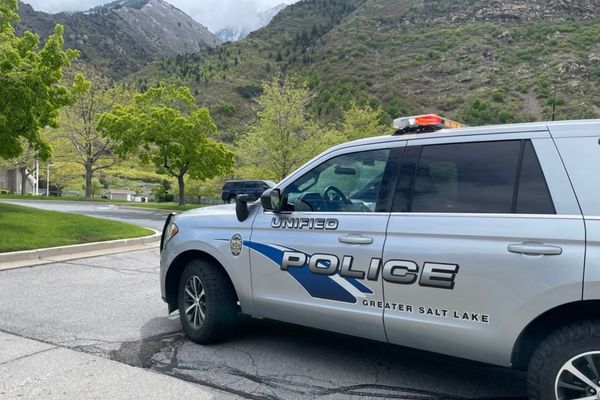
As 5G continues its steady rollout across the U.S., the national conversation has largely focused on the technology: faster speed, lower latency, and a surge in connected devices. But for Will Grindle, owner and Chief Stewardship Officer at Ascend, a leading infrastructure company specializing in cell tower construction and communications systems, the real story is about the people making it happen. "Everyone sees the vision and experiences the product," says Grindle. "But there's an entire human process in between that's often invisible and critical."
Founded in 2013, Ascend has played a central role in America's 5G expansion, acting as the connective tissue between conceptual designs and real-world implementation. Whether it's erecting towers, integrating fiber backbones, or navigating local jurisdictions and environmental regulations, Ascend is on the ground, turning wireless dreams into functional realities.
And yet, Grindle says, there's a growing problem: a labor shortage that's putting the future of this growing, evolving network at risk. As telecom giants race to meet consumer and governmental demands for broader 5G coverage, they're discovering that infrastructure is only half the battle. The other half is people—trained, field-ready professionals who can do the hands-on work in a safe, skilled, and timely manner. "You can throw all the AI and automation at it all you want," Grindle explains, "but this network doesn't go live unless someone climbs a 600-foot tower and installs it. There's no shortcut for that."
From navigating red tape in historic districts to halting construction during bird nesting seasons in Florida, field teams must be prepared for a host of logistical and environmental challenges. A typical deployment might take anywhere from three to 12 months, depending on jurisdictional processes, site complexity, and seasonal factors like migratory patterns or protected habitats. "And we're not just talking about popping a tower up in your backyard," Grindle adds. "A lot of these sites are remote. Our crews travel for weeks at a time, away from their families, to make these builds possible."
Grindle is quick to point out that 5G's future isn't just about bandwidth and coverage; it's about recognizing and investing in the workforce behind it. "There's a stigma in our society where people think fieldwork is somehow 'lesser,'" he says. "But these are the people who make our always-connected world possible. Without them, none of this works."
That mindset has shaped the culture at Ascend. The company goes beyond safety protocols and project timelines; it prioritizes humans flourishing. That means families are taken care of while workers are away, ensuring employees return home the way they left, fostering a sense of dignity and purpose in the work they do. "What we do isn't who we are," Grindle says. "But how we do it—and how we treat the people doing it—makes all the difference."
Ascend's team often works under extreme conditions, such as high altitudes, harsh weather, and the constant pressure to meet deadlines. The stakes are high not only in terms of safety but also in quality. A rushed or faulty build can delay a 5G launch, frustrate end-users, and may also waste millions in investment. "There's a huge gap between an idea and the end user being able to use it," says Grindle. "We bridge that gap with skilled labor, thoughtful execution, and real-world experience."
5G might feel wireless to consumers, but the reality is much more grounded. Each site still requires a fiber optic connection, routing back to switches and data centers. The illusion of being 'cord-free' is only possible because of a massive physical infrastructure built and maintained by thousands of workers like those employed by Ascend. Grindle further states, "It's not magic; it's the people who make this happen."
As America eyes the next frontier of connectivity, Will Grindle wants the conversation to evolve. That's why he's calling on the industry to shift focus from tech hype to talent development. It's not enough to focus on the speed of downloads or the reach of networks. If the nation wants to truly 'ascend' to a future, may it be 5G or 6G or anything beyond, it must first invest in the people holding it up—one tower, one trench, one team at a time.







